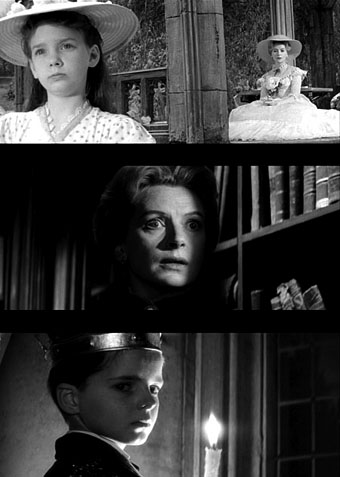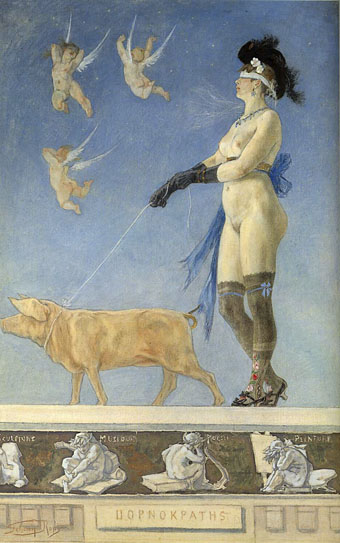Pamela Franklin, Deborah Kerr and Martin Stephens: The Innocents (1961).
Freddie Francis, who died last week, was a great cinematographer, and (although he may not have wanted to be remembered for it) a not-so-great director of low budget horror films. His photography on Sons and Lovers (1960) and Glory (1989) won him Academy Awards, and he worked three times for David Lynch, on The Elephant Man (1980), Dune (1984) and The Straight Story (1999). He also photographed Cape Fear (1991) for Martin Scorsese. All that aside, my favourite work of his remains the incredible play of light and shade he achieved for Jack Clayton’s The Innocents, along with The Haunting (1963) one of the best ghost stories in cinema.
Previously on { feuilleton }
• David Lynch in Paris
• Inland Empire


